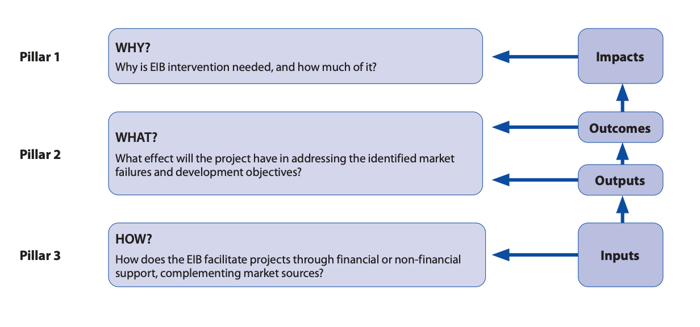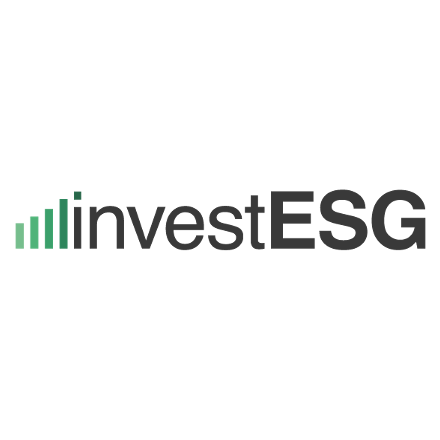Tracking results throughout the project cycle by applying the EIB Global Additionality and Impact Measurement (AIM) framework.


Photo credit: Oscar Romero
EIB Group's headquarters in Luxembourg
"EIB Global supports projects around the world that make a tangible difference to people’s lives. Through its financial and technical contributions, the EIB makes a real difference to the success of projects. The Bank rigorously assesses the results of projects throughout the project cycle, and also the financial benefits, catalytic effects, and technical support it brings to each operation. " (EIB Global Impact Report 2024/25)
The "FOCUS AND RESULTS ON IMPACT section of the report provides detail on EIB contributions and the results and impact of projects, for the following dimensions:
• how results and impact are measured;
• expected results of new projects;
• EIB contribution to new projects;
• carbon footprint exercise;
• macroeconomic impact modelling;
• impact study: Boost Africa;
• impact study: Do development banks’ loans attract foreign private investment?;
• results of completed projects
The European Investment Bank Group’s AIM framework, implemented in full since 2021, brings together the Bank’s previous Results Measurement (ReM) and Three Pillar Assessment (3 PA) frameworks for projects in the European Union and beyond, while enabling project appraisal and monitoring to be tailored to the particular needs of different development contexts. AIM provides a comprehensive framework for assessing each EIB project in terms of results and additionality, in line with international best practices. It follows an established three pillar logic that asks why an intervention by the EIB is needed, what will be achieved and how the EIB will make a difference. These three pillars are conceptually linked to the different elements of the results chain:

While AIM forms the foundation of the EIB’s overall approach to assessing impact, evaluators and research teams also perform deeper, longer-term impact investigations.
In-depth impact studies are one way to view project results in much finer detail, beyond what is feasible within the regular results assessment process. In these studies, a variety of methods are used to dig deeper into the impact of particular projects or types of products offered by the EIB Group. Below is a summary of the following impact studies:
• an overview of findings from impact studies carried out on investment under the Boost Africa private equity programme, looking at financial inclusion, income generation effects of digital services and impacts on the inclusiveness of labour markets (page 71 in the report);
• initial findings on the catalytic effect of interventions by multilateral development banks on private financial flows to emerging markets and developing economies, an ongoing joint study with the Asian Development Bank (page 74 in the report).
Macroeconomic modelling is a way of investigating the impact of lending on jobs and GDP across whole economies and of gauging how big it is likely to be. The modelling improves understanding of how individual projects ultimately affect people’s lives. An overview of findings on the impact that projects are expected to have on employment using the Joint Impact Model, and a description of how we are testing and refining the model, are described on page 68.
Transparancy on project results and impact
EIB Global is implementing key policy objectives of the European Union, starting with how it is helping to build partnerships for mutual benefit around the world, particularly under the Global Gateway strategy. It also covers how the EIB is helping partner countries step up climate action through both mitigation and adaptation, our support for jobs and inclusion and investments in global health and gender equality, and how the EIB works in fragile and conflictaffected states.
Maximising EU impact is the ultimate goal of EIB Global, and transparency on project results and impact is key for accountability.
Published by
 investESG
investESG
 investESG
investESG

